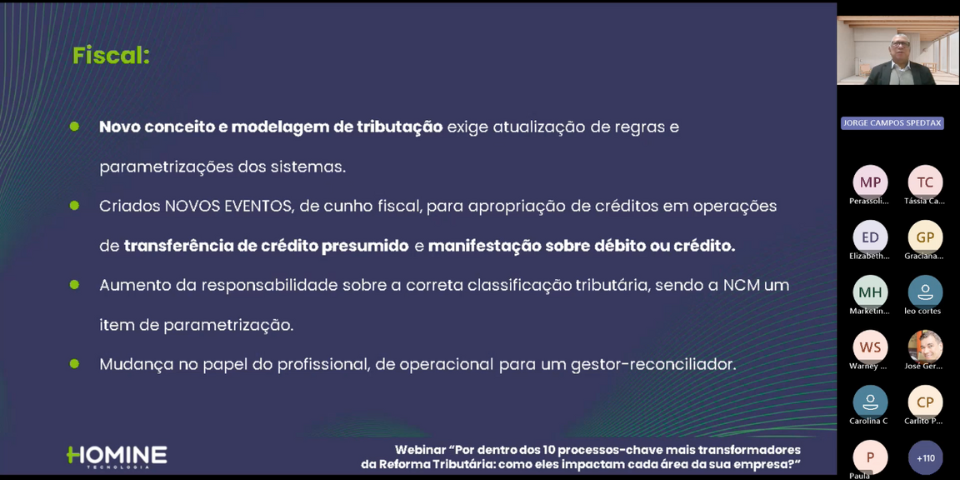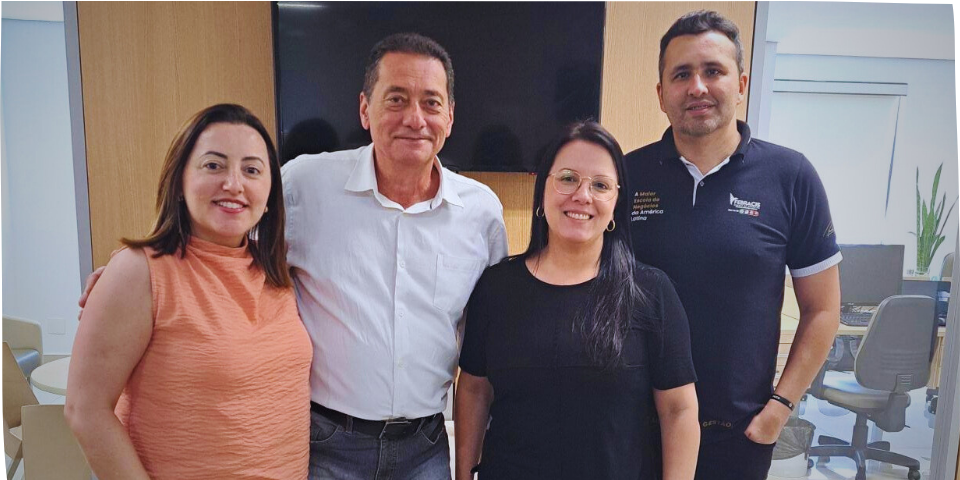
Women highlight their participation in the Technology area
March 29, 2019
Changes to the NF-e layout must be completed by May 7
April 9, 2019Companies seek more efficient processes. An example is the growth the number of organizations that adopt a solution for automating the entry of tax data from electronic documents into the ERP. This technology improves the company's tax control and anticipates errors by checking whether the information on the invoice received is correct. However, the electronic invoice for services (NFS-e) has been a challenge for Brazilian companies that want to increase productivity and ROI by automating tax and accounting receipt processes. But why?
The NFS-e has a peculiarity that differs from other electronic documents such as the commercial invoice (NF-e) and the bill of lading (CT-e), for example. It is made available by most city halls, responsible for issuing it, as an image (PDF or JPEG), while the NF-e and CT-e are generated in XML – the standard format used to automatically process electronic tax documents in ERPs. Today, few municipalities issue the NFS-e in XML format.
So, how to transform an image file into XML, so that the automation of data entry of the service invoice can be implemented in companies? The answer has three letters: OCR.
is the acronym for Optical Character Recognition, algorithm that turns the characters in an image into text. In the last two years, this device has been incorporated into tax automation solutions to convert JPEG and PDF files from NFS-es to XML format. With this, it is possible to automate the receipt of service invoices in the organizations ERP, bringing efficiency gains and greater fiscal control.
example of house
O HomSoft is the solution developed by Homine to automate the receipt of electronic tax documents in the SAP ERP. It has an OCR device, which receives the service invoice in PDF or JPEG and converts it into an XML file, ready for automatic entry into SAP.
According to José Geraldo Garcia, CIO of Homine, the company developed an XML model of an NFS-e for HomSoft, serving all city halls in Brazil, as it provides basic information fields to any NFS-es, such as service breakdown, tax values (ISS and INSS) and total and net prices of the service. “With this, the information on the invoice can be compared with the purchase order that originated the service, anticipating possible divergences that, later on, could interrupt the automation of tax receipts, cause rework or even problems with the tax authorities”, he explains.
OCR, however, is not infallible. If the PDF or JPEG file of the service invoice has low resolution or has a background image that "confuses" the automatic reading of the document, then the file receives manual treatment - that is, it is read by a professional and the information is typed in XML. “There is still no standardization for issuing invoices for services in Brazil, which causes this type of problem”, highlights the director.
The incorporation of OCR technology in tax automation solutions is recent, although the device has existed for many decades. Character recognition technology emerged in the 1930s, in the United States, when physicist and inventor Emanuel Goldberg created the “Statistical Machine” – a device capable of tracking and identifying microfilms using an optical code recognition system. The patent for the invention was acquired by IBM and, in the following decades, the technology spread throughout the world.




